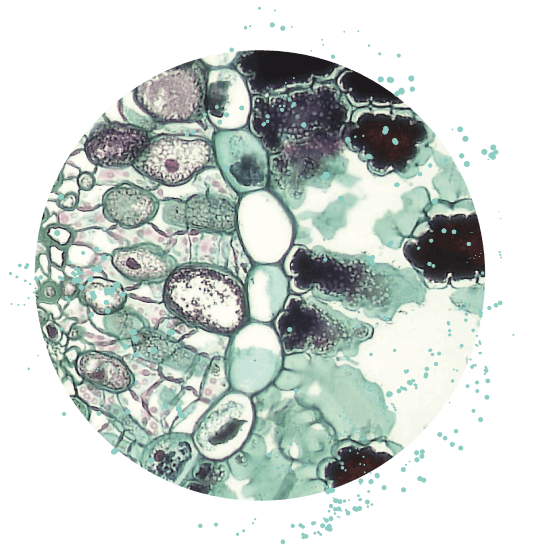It has been over 20 years since the completion of the first plant genome, the Arabidopsis genome sequence (published in the journal Nature on December 14, 2000). With the continuous advancement of gene sequencing technology, as of the end of 2020, more than 1000 plant genome sequences have been published, representing 788 highly diverse species. The availability of these plant genome sequences, especially high-quality ones, greatly facilitates plant biology research on various plant species, particularly in functional genomics and population genetics.
The advantage of the long read length of the Linaxin biological nanopore gene sequencer is that it can help assemble large and highly repetitive plant genomes more accurately, cover complex areas more easily, and further solve structural variations, providing new ideas for molecular breeding, genetic relationships, and evolutionary processes research

The main goal of genome sequencing from 2000 to 2010 was to provide high-quality reference genomes for model plants and crops. Although scientists worldwide have decoded the genetic information of 788 species, this only represents a small fraction of the diversity of green plants. Building almost complete genomes, assembling complex genomes, and constructing reference pan genomes are one of the biggest challenges in future plant genome sequencing. Through nanopore gene sequencing, it is easier to cover complex regions and structural variation areas, and the obtained long fragments can have more overlapping areas, which is beneficial for rapid assembly to obtain the correct base sequence and accurate sequences such as repetitive sequences that are difficult to assemble by short fragment sequencing. At the same time, single nucleotide variation (SNV) haplotyping, structural variation, and repeat region characterization can be achieved.

Genome resequencing is the process of sequencing plant species with known genome sequences and conducting individual or population analysis based on it. By resequencing the genomes of different individuals of the species or different tissues of the same individual, genomic sequence differences can be comprehensively explored at the population or individual level. Due to the polyploidy of plants, their genomes are often large and their structural variations are enormous. Compared to traditional second-generation sequencing, nanopore gene sequencing technology has the advantage of long read length, which can easily cross structural variation breakpoints and provide more complete and uniform genome coverage. The use of whole genome sequencing technology can help quickly discover genetic variations related to important plant traits, which can be applied in molecular breeding and shorten the breeding cycle.

Studying plant gene function and specific physiological processes at the transcriptome level can uncover gene functions, understand plant development mechanisms, understand secondary metabolite synthesis pathways, and develop molecular markers. It can play an important role in exploring plant functional genes, improving and training new varieties, environmental protection, and other aspects. The use of nanopore long fragment sequencing technology is more conducive to improving the coverage of complex genes and obtaining complete and accurate gene expression data and structural information.